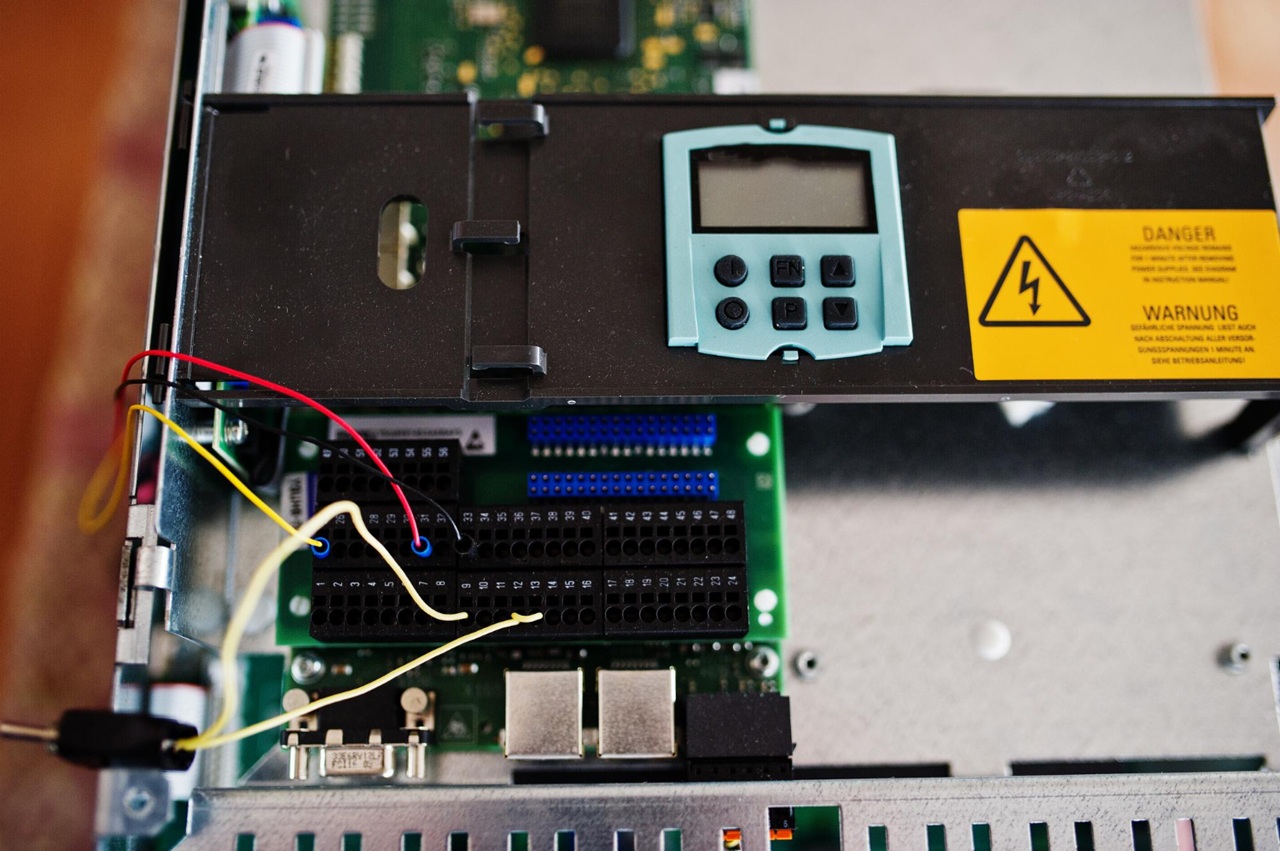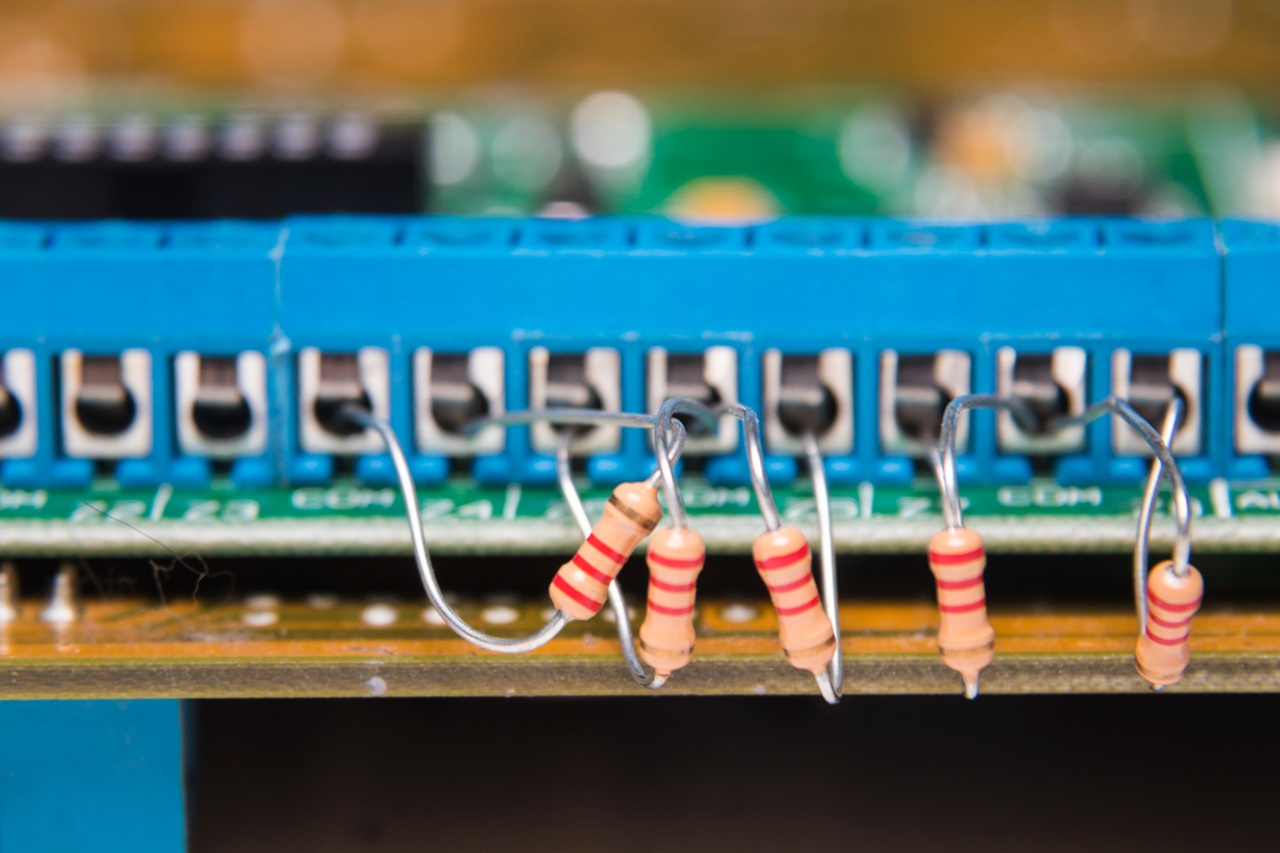Getting Started with Electronic Circuit Kits: A Beginner’s Guide
If you’ve ever marveled at how a simple flip of a switch lights up a room or wondered what’s behind the magic of your favorite gadgets, welcome to the fascinating world of electronics! Diving into this realm might seem intimidating at first, but electronic circuit kits are a fantastic way to get your feet wet. Whether you’re a curious beginner, a parent guiding your child, or someone rekindling a love for tinkering, these kits make learning both fun and approachable.
In this guide, we’ll walk through the essentials of getting started with electronic circuit kits. From selecting the right kit to practical tips for building your first project, consider this your friendly roadmap to success.
What Are Electronic Circuit Kits?
Think of electronic circuit kits as Lego sets for technology enthusiasts. They come with components like resistors, LEDs, capacitors, and microcontrollers, often paired with a guidebook to help you assemble various projects. These kits simplify the learning process by providing pre-selected parts and step-by-step instructions, eliminating the guesswork of sourcing components on your own.
For example, one of my first circuit kits included a breadboard, a buzzer, and some LEDs. The first project was to create a simple blinking light. Watching that tiny LED light up for the first time was nothing short of exhilarating—it felt like I’d unlocked a secret to how the world works!
Why Start with Circuit Kits?
- Hands-On Learning: Theoretical knowledge is great, but there’s no substitute for rolling up your sleeves and actually building something.
- Affordable Entry Point: Most beginner kits are reasonably priced, making them a low-risk way to explore a potential new hobby.
- Boost Problem-Solving Skills: Electronics challenges you to think critically, troubleshoot, and develop patience—skills that spill over into other areas of life.
- Creative Freedom: Once you grasp the basics, the possibilities are endless. Want to build a DIY alarm system or create a blinking light display? Go for it!
Choosing the Right Kit
The sheer variety of circuit kits available can be overwhelming. Here’s how to pick one that suits your needs:
1. Skill Level
If you’re a true beginner, start simple. Kits like Snap Circuits or beginner Arduino sets are fantastic because they’re designed to ease you in gently. Snap Circuits, for instance, use large, color-coded components that snap together easily—no soldering or advanced skills required.
2. Interests and Goals
Are you fascinated by robotics? Or perhaps you want to dabble in programming alongside electronics? Kits like Raspberry Pi or Arduino-based ones are great for those interested in coding. If you’re more into experimenting with circuits and sensors, try an all-in-one electronics learning lab.
3. Budget
Beginner kits typically range from $20 to $100. While it’s tempting to go for a high-end set with all the bells and whistles, starting small ensures you won’t feel overwhelmed or waste money if you decide it’s not your thing.
Getting Started: Unboxing Your First Kit
Here’s where the fun begins!
- Familiarize Yourself with Components
Before diving into a project, spend time identifying and understanding the components in your kit. If you have resistors, for instance, learn how to read the color bands to identify their resistance. Most kits include a manual or reference sheet to guide you. - Set Up a Workspace
Create a clean, well-lit area for building your circuits. I remember working on my kitchen table the first time—big mistake! One misplaced resistor fell into the abyss between the table and wall, never to be seen again. Lesson learned: keep your workspace tidy and organized. - Follow the Instructions
Resist the urge to wing it at first. The instructions in beginner kits are designed to build your confidence and skills gradually. For example, your first project might involve lighting up an LED, while later ones introduce more complex circuits.
Troubleshooting Tips for Beginners
Mistakes are part of the learning process, and troubleshooting is where the magic happens. If your circuit doesn’t work as expected:
- Double-Check Connections: Ensure wires are properly connected and components are inserted correctly.
- Inspect Polarized Components: Some components, like LEDs and capacitors, have polarity. Insert them the wrong way, and they won’t work (or worse, they might get damaged).
- Simplify the Problem: Break the circuit into smaller parts and test each section.
- Ask for Help: Join online forums, watch YouTube tutorials, or consult your kit’s guidebook. Communities like Reddit’s r/Electronics are full of friendly folks eager to help.
Real-Life Application: Building a Simple LED Circuit
To make things more relatable, let’s walk through a classic beginner project—a blinking LED.
What You’ll Need:
- Breadboard
- LED
- Resistor (220 ohms)
- Jumper wires
- 9V battery and connector
Steps:
- Place the LED on the breadboard, with its longer leg (anode) connected to the positive side.
- Insert the resistor in series with the LED to limit the current.
- Use jumper wires to connect the circuit to the battery via the breadboard.
- Flip the switch—and voilà! Your LED should light up.
This simple project teaches foundational concepts like polarity, resistance, and basic circuit design.
Taking It Further
Once you’ve mastered the basics, you can level up by experimenting with more advanced projects:
- Build a motion-detecting alarm using sensors.
- Create an automated plant watering system with a moisture sensor and microcontroller.
- Program an Arduino to display messages on an LCD screen.
A Personal Reflection
When I first started tinkering with electronic circuits, I was overwhelmed by all the jargon and complexity. But starting small, celebrating little victories, and being okay with making mistakes kept me going. Now, years later, I’m able to design custom circuits and even teach others. If I can do it, so can you!
Final Thoughts
Getting started with electronic circuit kits is a journey of discovery, creativity, and problem-solving. With a little patience and practice, you’ll not only develop a rewarding hobby but also gain insights into the technology that powers our modern world.
So, grab a kit, roll up your sleeves, and let your curiosity lead the way. That first LED you light up? It’s more than just a glow—it’s the spark of endless possibilities.
Happy tinkering!




Post Comment